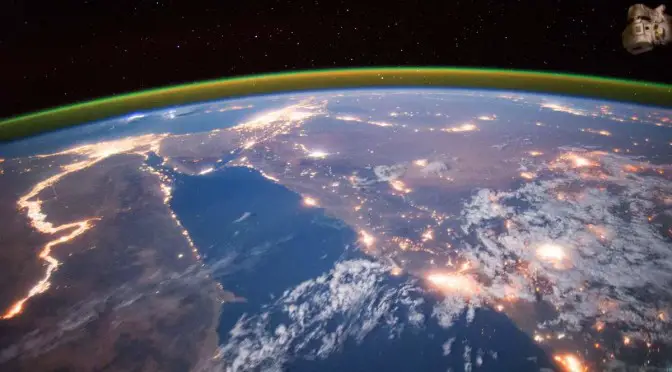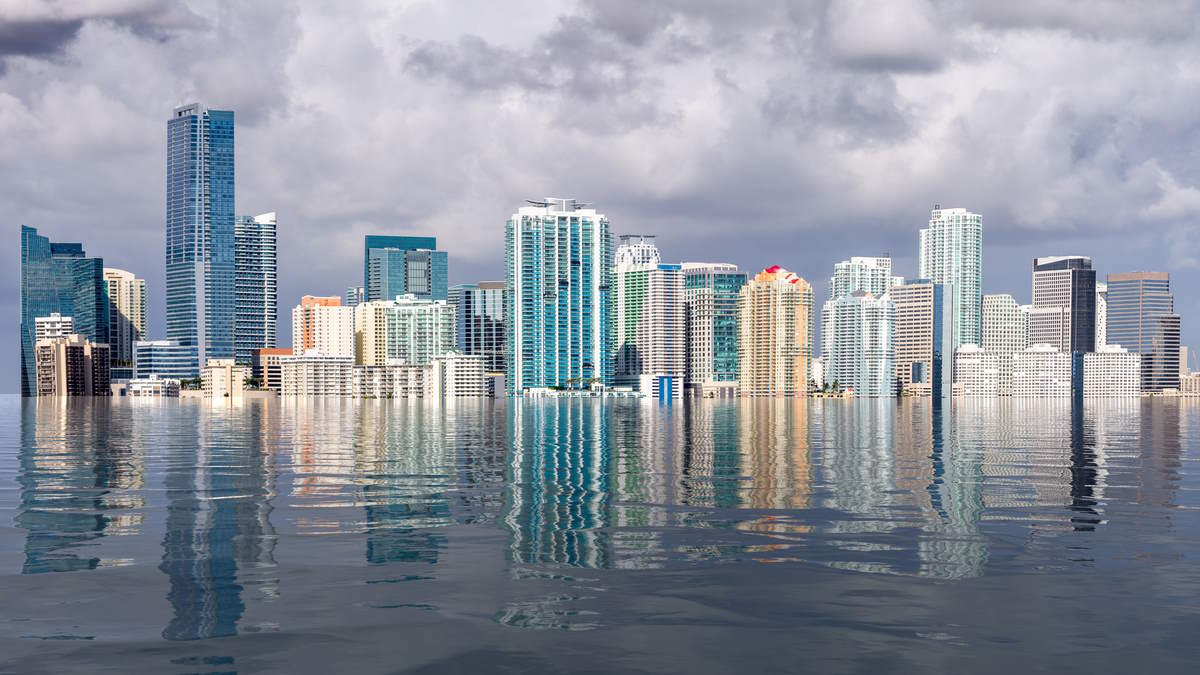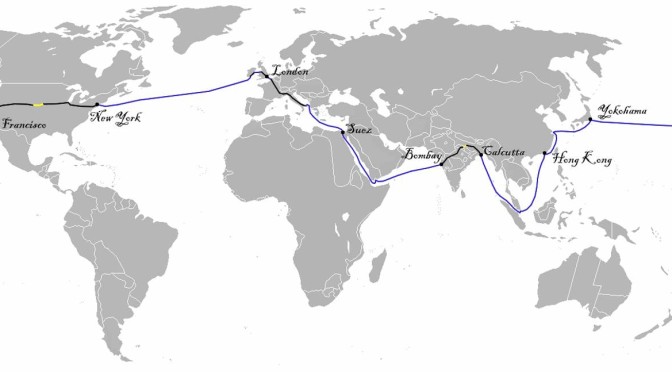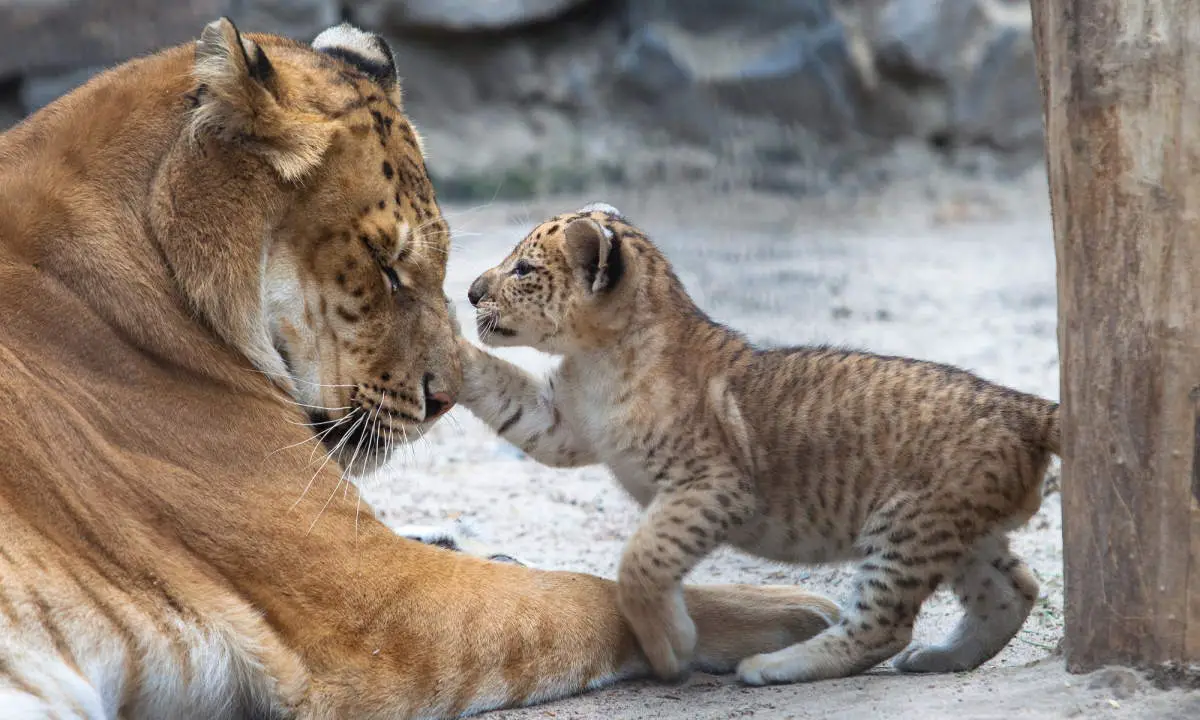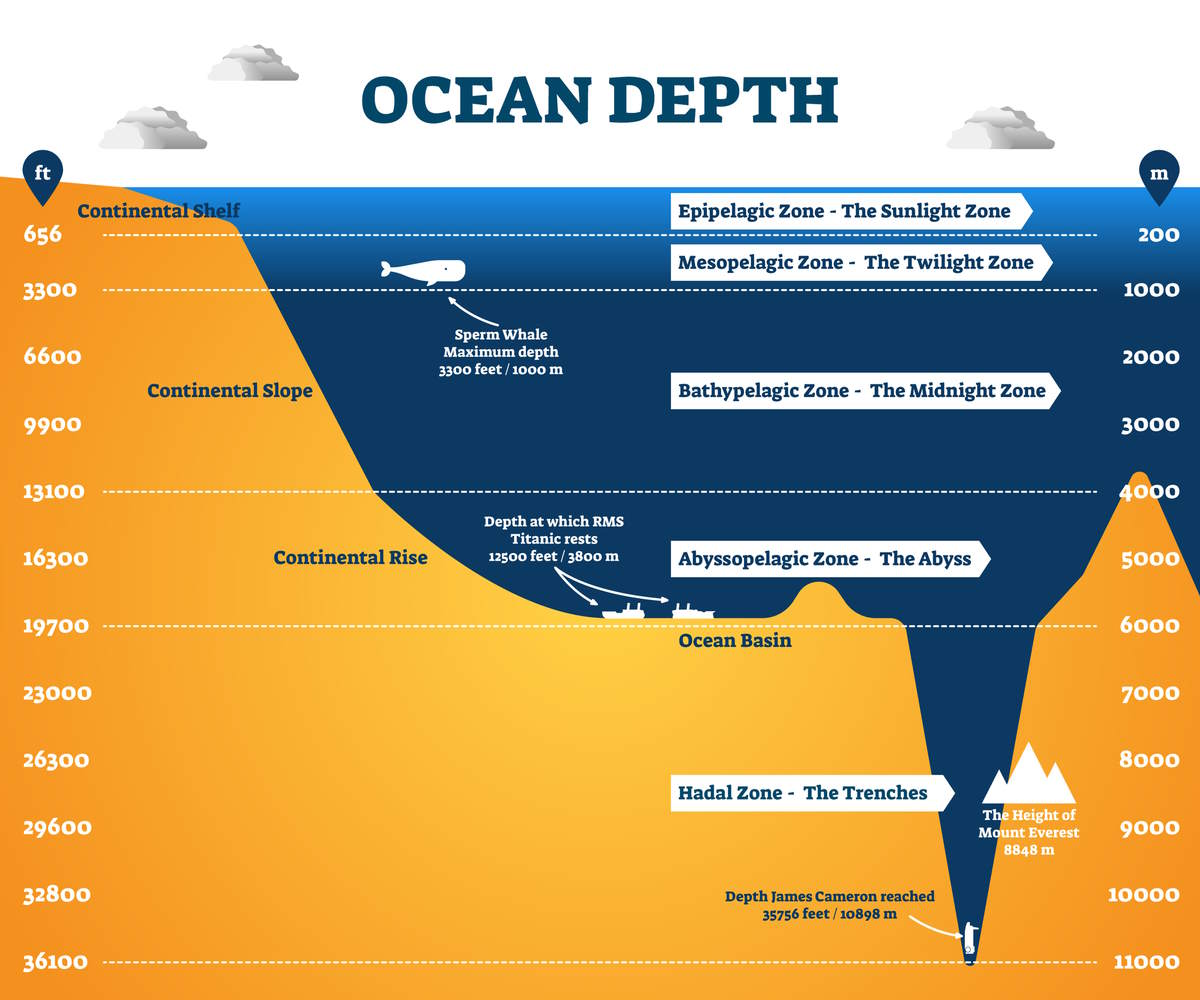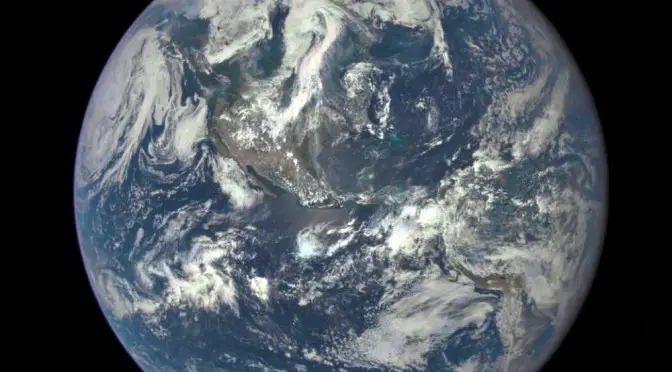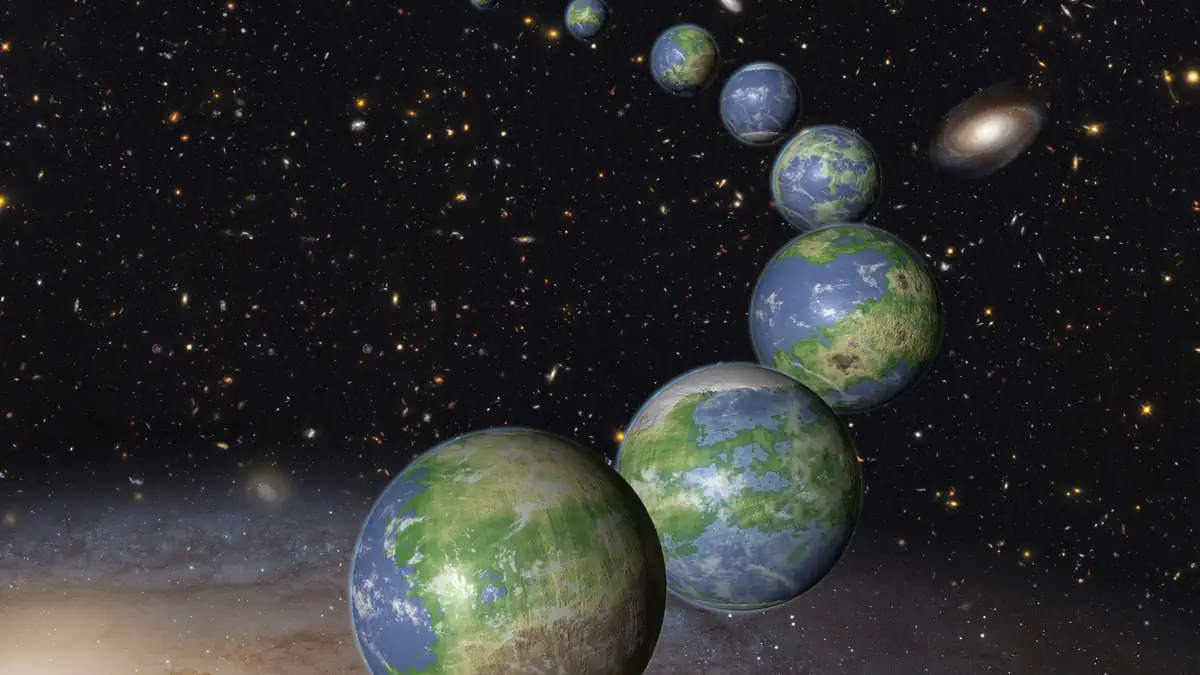The International Space Station (ISS) has been orbiting Earth since 1998, providing scientists and astronauts with a unique vantage point to observe and study our planet. In addition to its scientific mission, the ISS has also captured some of the most breathtaking images of Earth from space. In this article, we will take a look at the 10 most beautiful Earth images taken from the ISS in 2015. From stunning views of the Northern Lights to majestic mountain ranges and turquoise waters, these images remind us of the incredible beauty of our planet and the importance of protecting it for future generations.
